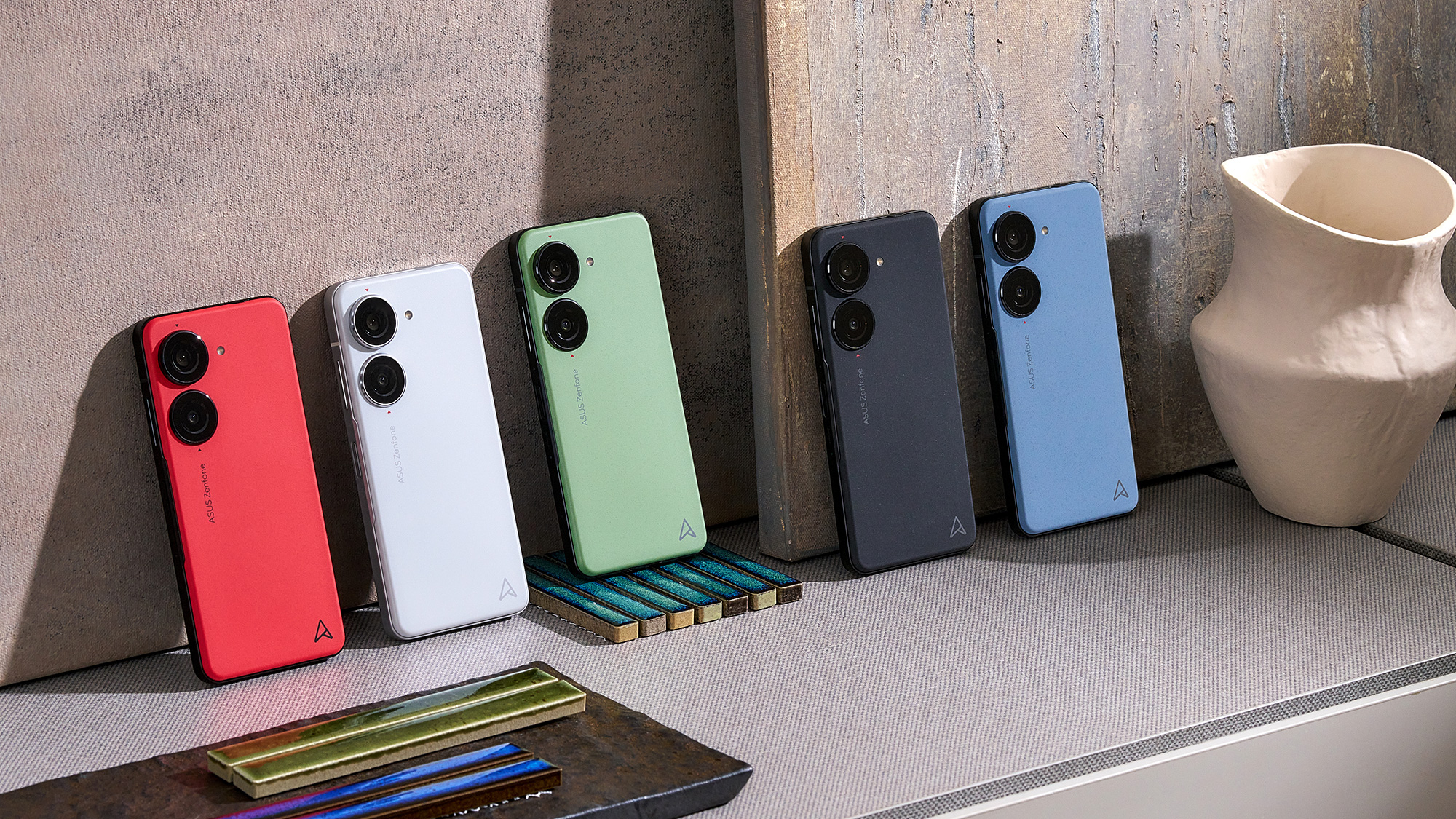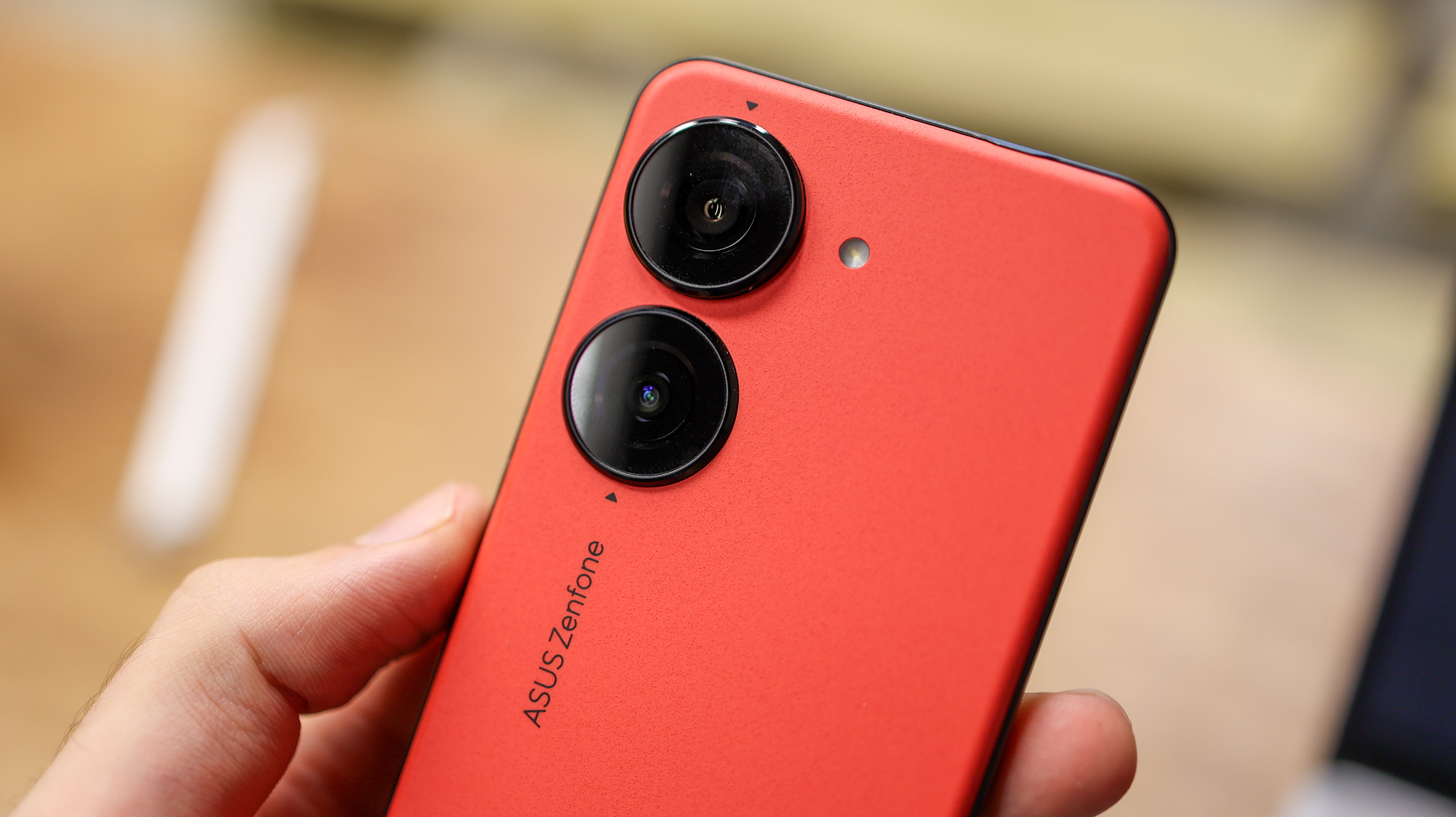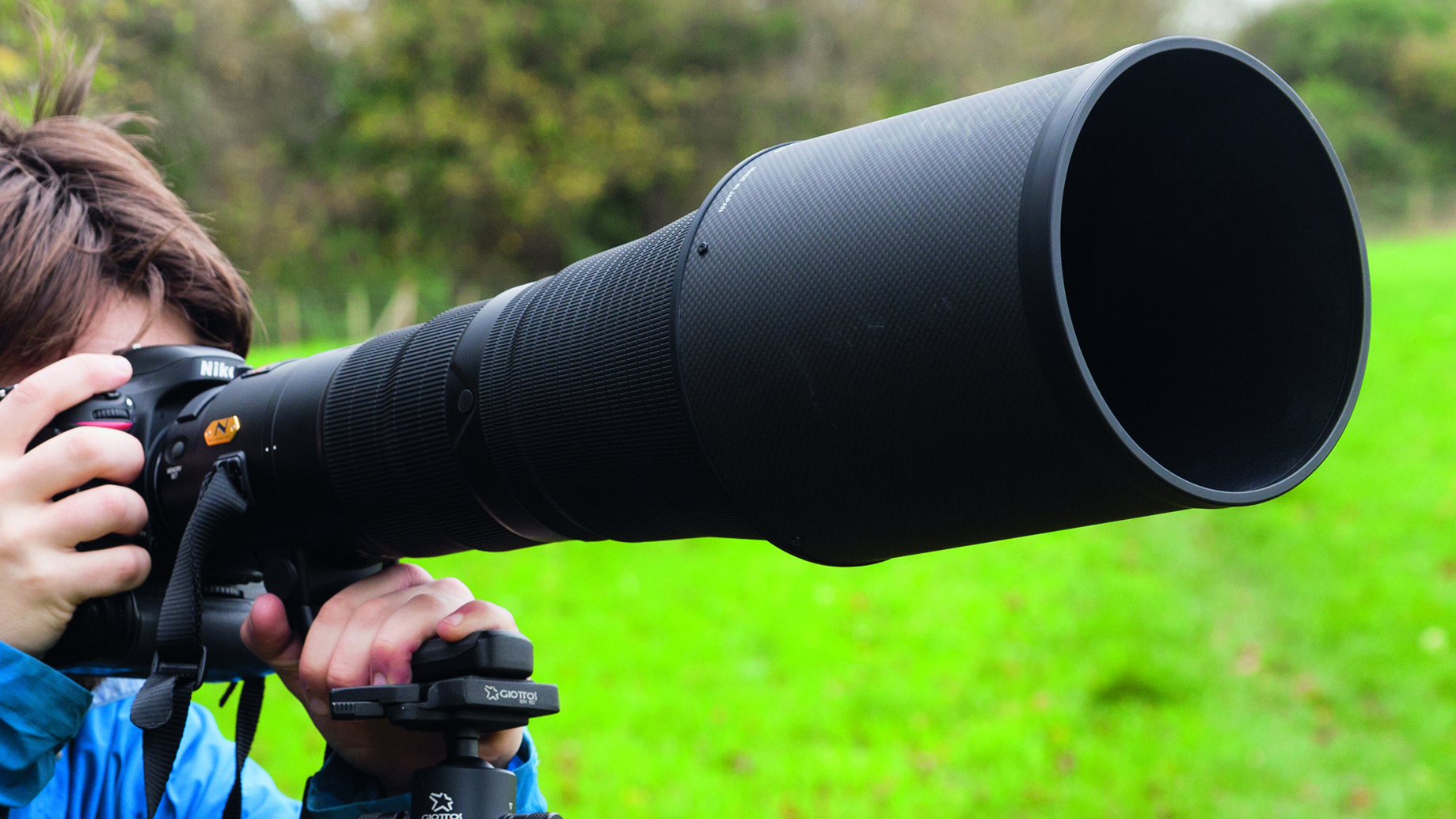Asus Zenfone 10 combines compact style with flagship specs and a gimbal-stabilized camera
The Asus Zenfone 10 punches above its weight thanks to Snapdragon 8 Gen 2 power and a gimbal-stabilized camera

Asus has announced its Zenfone 10, a compact flagship smartphone with a 50MP Sony IMX766-powered camera stabilized by a mini gimbal system.
The Zenfone 10 and last year’s Zenfone 9 have a lot in common – they use much of the same camera hardware, and their designs are almost identical – so what’s new for 2023?
Asus has upgraded the internals with current-gen Snapdragon 8 Gen 2 power versus an 8+ Gen 1 on the Zenfone 9. The Zenfone 10 also enjoys a bumped-up screen refresh rate, up from 120Hz to a buttery smooth 144Hz, and there’s also wireless charging this time around.
Asus Zenfone 10 in a nutshell

The Zenfone 10 is a small phone with top-tier features. Getting into specifics, a 5.9-inch screen ensures it’s both palm and pocket friendly. Asus’s flagship still sports a headphone jack and dual speakers despite its size, and with Durac tuning, the phone should also cater to audiophiles.
You can buy the Zenfone 10 with two storage capacities, and whichever you go for, it has a dual-SIM slot but no expandable storage.
Despite a modest 4300mAh battery, the Zenfone 10 should still last a comfortable day based on our time with the similarly-specced Zenfone 9, and while last year’s model was a wired-only charger, powering up at 30W, this year, the Zenfon 10 gets 15W wireless charging too.
Running Android 10 with a host of customizations from Asus, our favorite on first impression is definitely the phone’s power button. Not only does it double up as a fingerprint scanner, it also supports swipe input, so a swipe up or down can navigate through web pages, bring down your notifications, and more.
Get the Digital Camera World Newsletter
The best camera deals, reviews, product advice, and unmissable photography news, direct to your inbox!
Asus Zenfone 10 camera explained

With a 50MP IMX766 main camera sensor, the Zenfone 10’s gimbal stabilized setup is identical to that of the Zenfone 9 on paper. Where Asus upgrades the experience is with its photo and video software, from processing to stabilization.
Going into a bit more detail on electronic stabilization (EIS), the new adaptive feature means the Zenfone 10 can increase and decrease crop to give you an ideal balance between a wide field of view and steady footage.
Broaden the field of view even more by switching to the fixed-focus 13MP ultra-wide camera – an on-paper downgrade from last year's ultra-wide, which supported autofocus and sported a larger sensor, and enjoy selfies on a new 32MP front camera.
How much does the Zenfone 10 cost?

Starting at $950 (around £750) for the 256GB storage, 12GB RAM Zenfone 10, Asus's pocket rocket is one of the most affordable Qualcomm Snapdragon 8 Gen 2 options around.
If you want to double the storage to 512GB, and grab 16GB RAM for even more powerful multitasking, that'll set you back $1,035 (around £820). That's a fair ask considering most phones with that amount of storage, and RAM are much pricier.
With so much storage and performance on offer, Asus is clearly intent on compensating for the Zenfone's pint-sized size with a solid spec roster, making it something of a unique, compact powerhouse (not counting its predecessor).
What do we think about the Zenfone 10?
It’s always interesting when brands bring back identical camera hardware for round two. Will updated processing make a big enough difference, or does the Zenfone 10’s camera feel tired out of the gate?
Read our full Zenfone 10 review to find out more, and if you like the price and power on offer but want a little extra screen size, some obvious alternatives to the Zenfone 10 are the similarly priced OnePlus 11 5G, and the lower-cost, less powerful Google Pixel 7a.
Looking for your next phone, check out our guides for the best budget camera phones, and the best Android phone. Or if you are set on Apple's ecosystem, check out the best iPhone for photography.
Basil Kronfli is a freelance technology journalist, consultant, and content creator. He trained in graphic design and started his career at Canon Europe before moving into journalism. Basil is also experienced in video production, independently running the YouTube channel TechEdit, and during his time at Future, he worked alongside the Digital Camera World team as a senior video producer.

